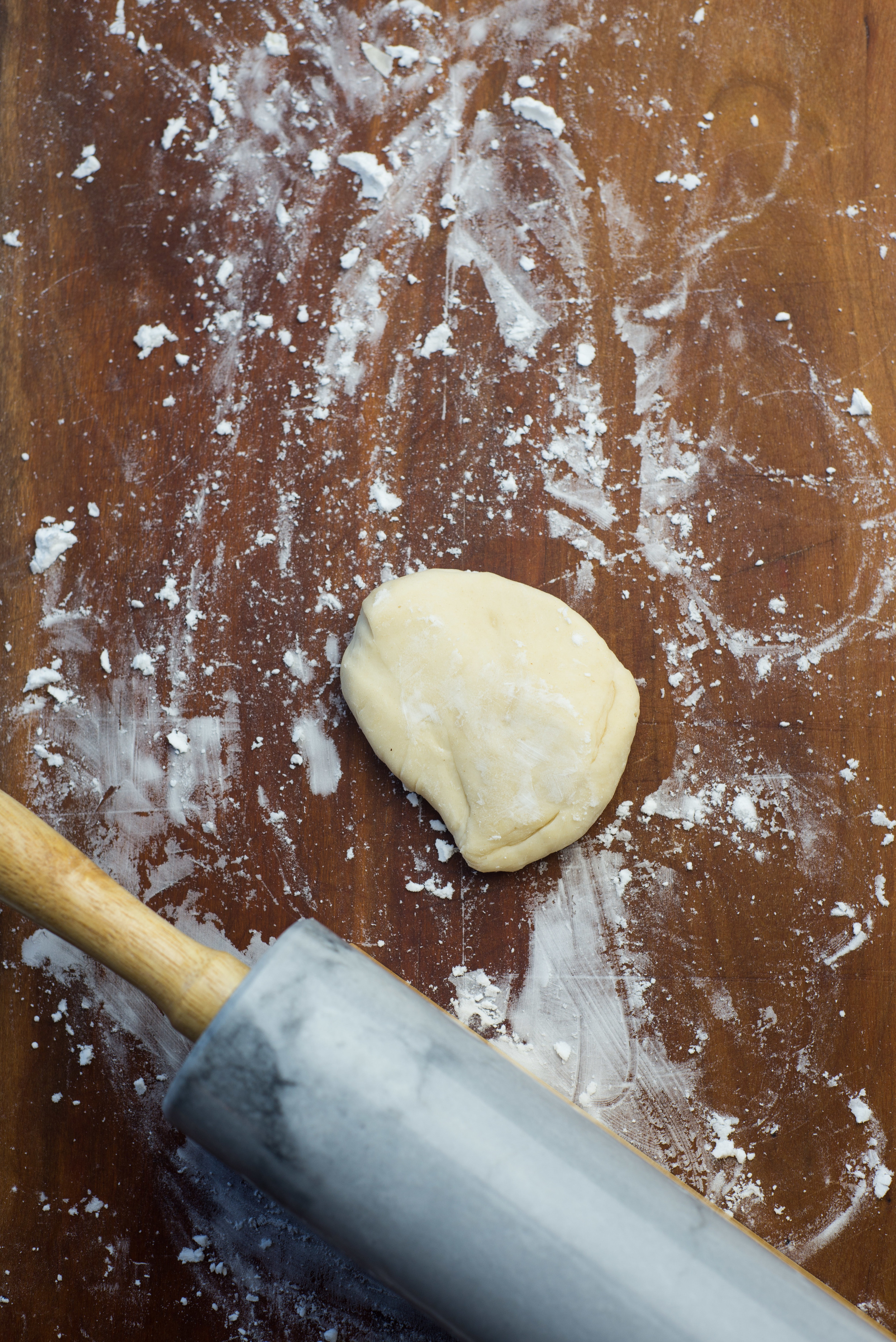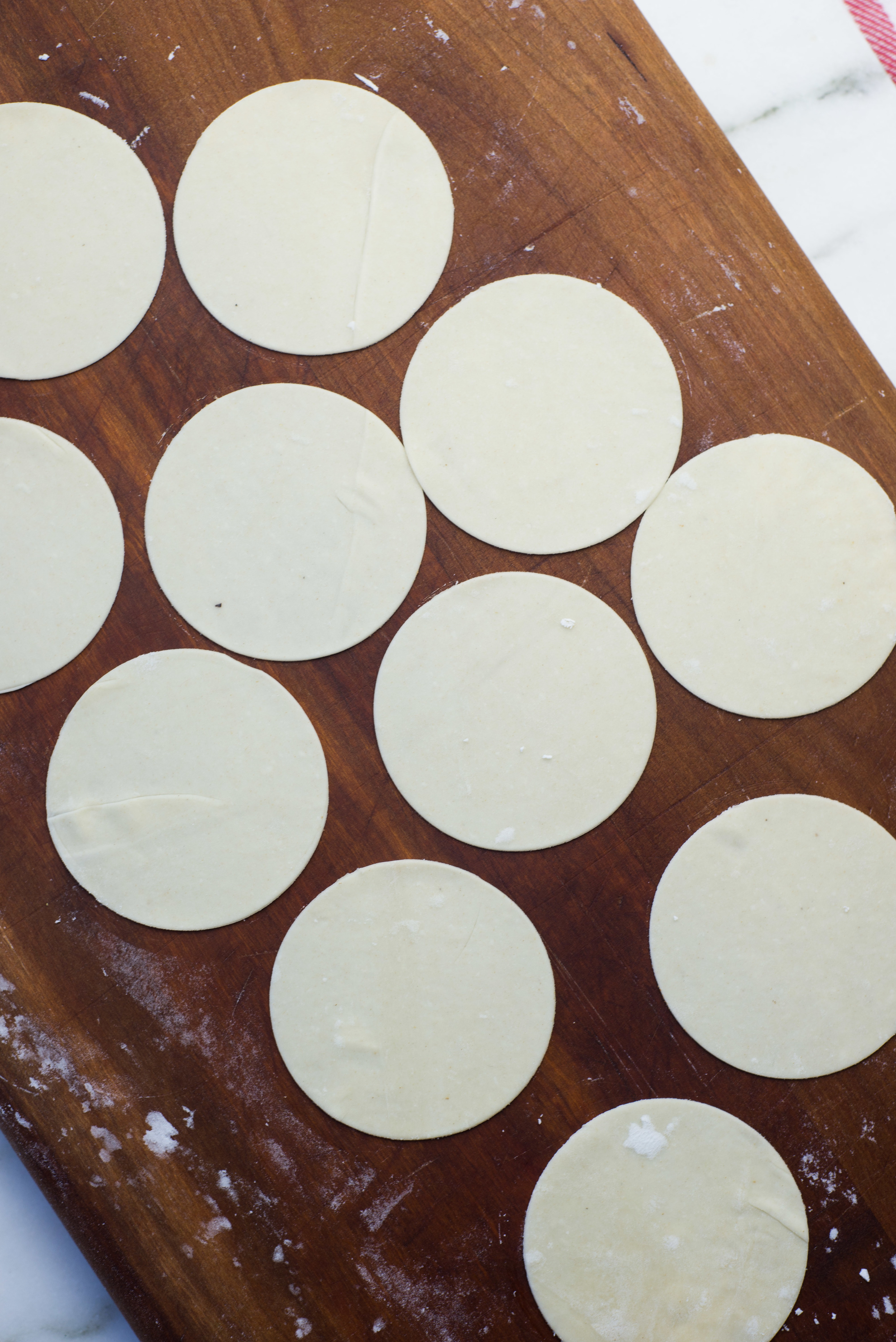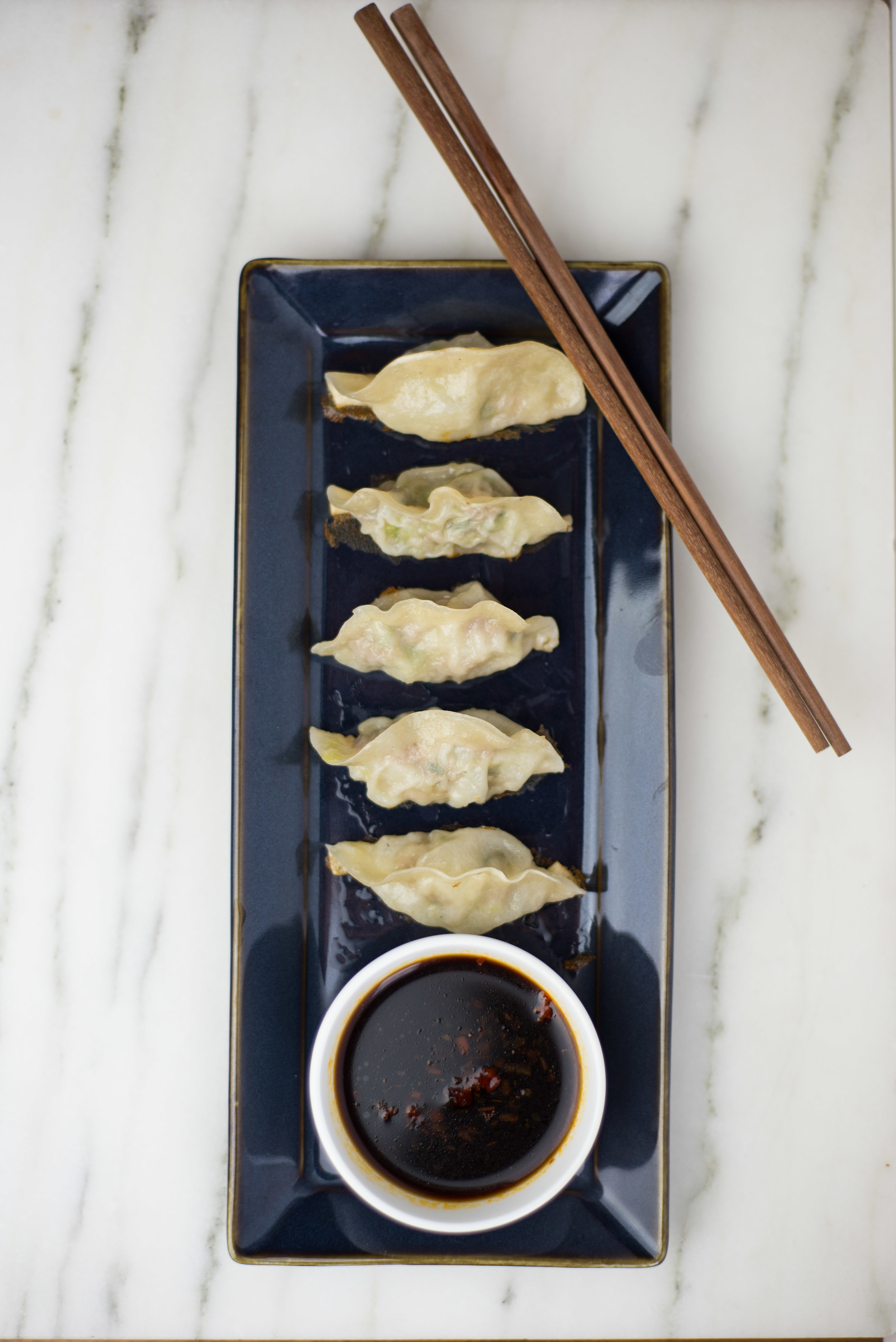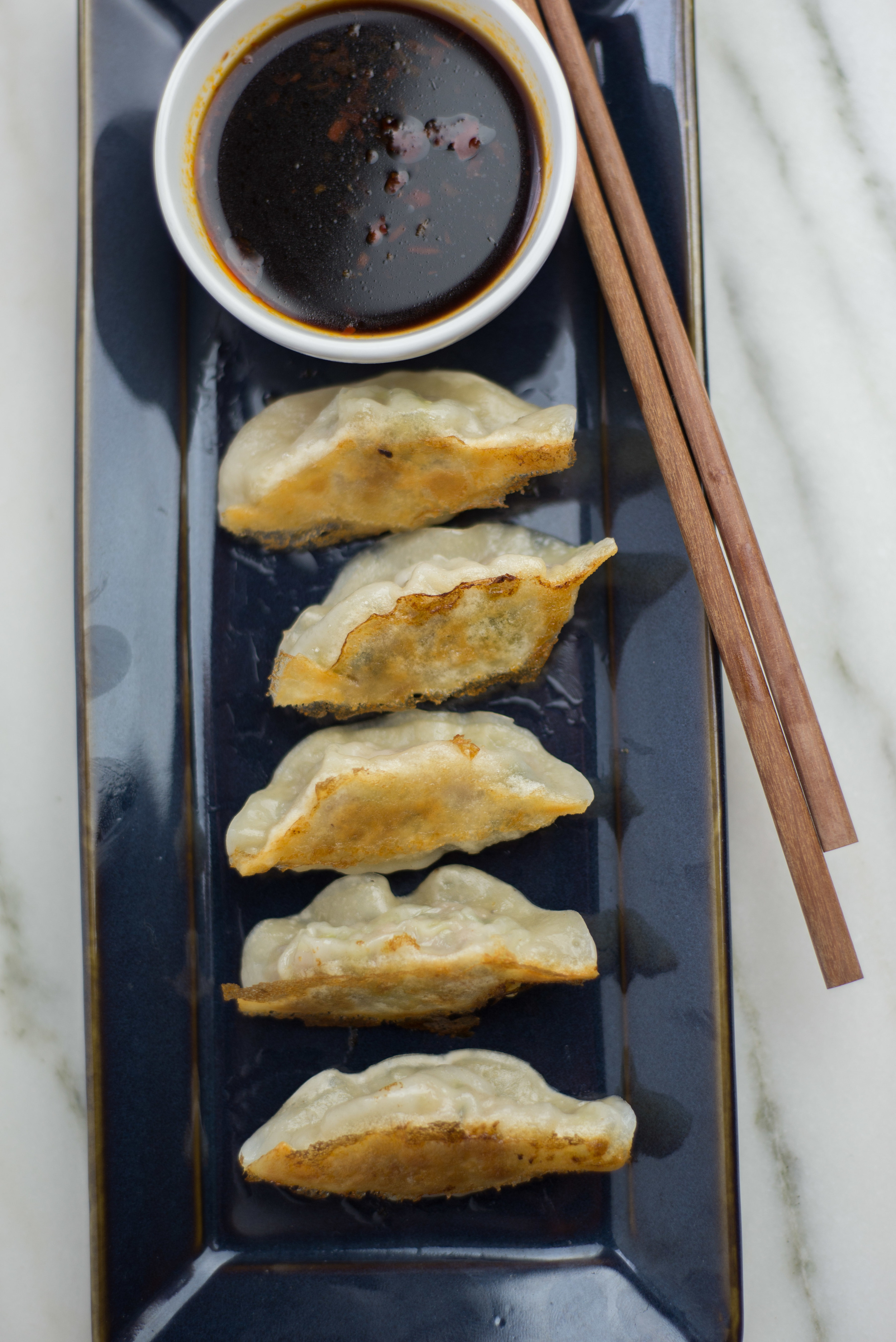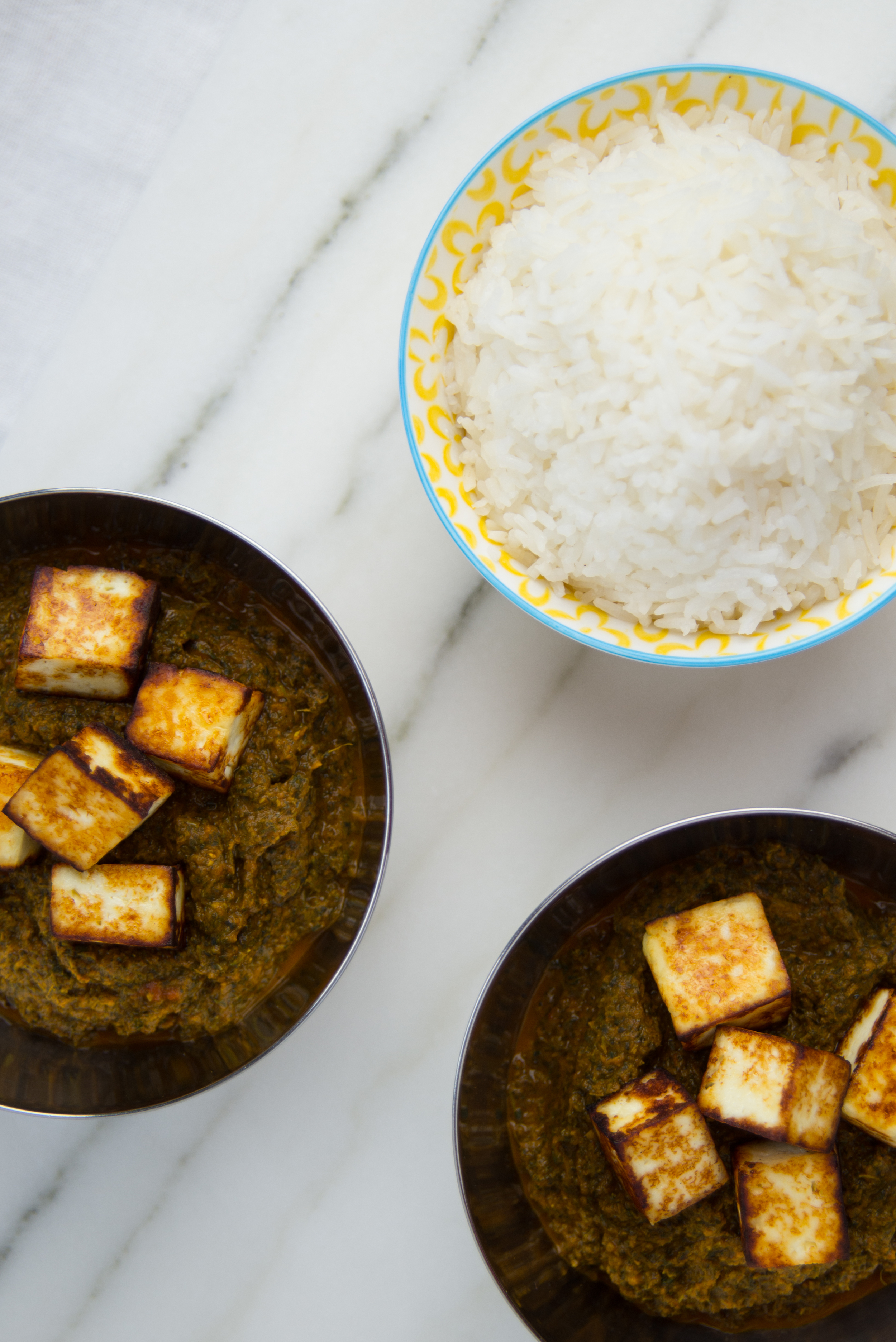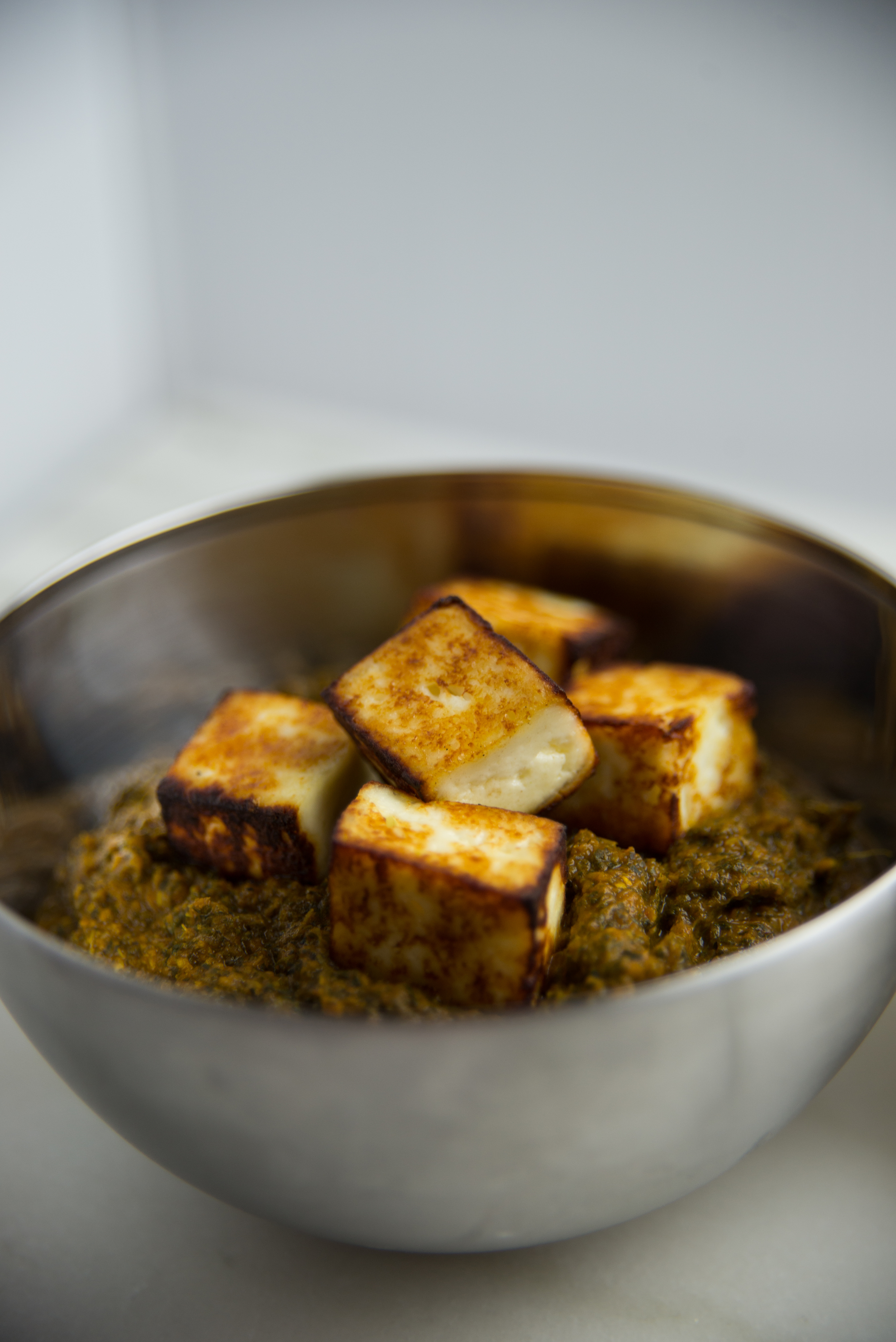I had some girlfriends over for dinner a few weeks ago and along with some other delights, we had homemade dried pasta and homemade pesto out of the freezer. It was a brilliant reminder of the joy that comes with making large batches of homemade ingredients so your future self has seriously easy, totally homemade meals that can be thrown together in twenty minutes flat. Ravioli is the epitome of that joy in my mind as homemade ravioli feels really fancy (even though it isn't difficult to make). A ravioli meal never goes by in our house without a bag-full making it into the freezer for quick weeknight meals.
This ravioli came out of celebration over the first local basil of the year arriving at our neighborhood farmers market. Basil has always been a summer delight to me, and I had grown accustomed to waiting quite a long time for it in the cold Michigan spring. I couldn't help but buy a bunch the minute I spotted it at the market, and instantly knew I would be making ravioli with it. A simple blend of ricotta cheese, basil, and garlic allows that herbal flavor to shine.
Homemade raviolis are such a special treat that I rarely find the need to cover them in sauce. Instead, I find them best served with a drizzle of a flavorful olive oil and maybe a bit of parmesan cheese. I used Oregon Olive Mill's Tuscan EVOO this time around, which lent a perfectly peppery note to the dish. Upon moving to Oregon, I was beyond excited to learn that I could support a local farm and business in purchasing olive oil (an ingredient that in Michigan was one of those things you always had to buy from afar). Oregon Olive Mill at Red Ridge Farms has 12,000 olive trees in their orchard, and makes their oil from a blend of their own olives and some from California. Yum!
This recipe will make about seven servings of ravioli, which means a few meals for our family of two. If you want to save some of your raviolis, line them up on a baking sheet and toss them in the freezer. Once they're solid, transfer them into an airtight freezer bag. They can be cooked straight from the freezer.
Pasta Dough
7oz semolina flour
7oz whole wheat pastry flour (or white flour if you prefer!)
4 large eggs
- Whisk together flours in a wide medium bowl. Create a well in the middle, and crack the eggs into it.
- Whisk the eggs to break the yolks, then slowly start to incorporate the flour while continuing to whisk. Continue whisking until enough flour has mixed in that the whisk is no longer an appropriate tool.
- Switch to a wooden spoon and stir to combine the rest of the flour, leaving behind any flour that is difficult for you to incorporate (eggs vary in size, so the amount of flour you'll use will too).
- Dump the dough out onto a clean work surface and knead for 5-8 minutes, working in more flour if the dough is sticky.
- Let the dough rest for about 30 minutes before using.
Filling
1.5 cup whole milk ricotta cheese
2.5 cups fresh basil, finely chopped
3 Tbsp green garlic or 2 garlic cloves, minced
salt & freshly crushed pepper to taste
- Simply stir together all ingredients until they're evenly combined.
Assembling & Serving
This process will depend a bit on whether or not you own a pasta roller and/or ravioli maker. I happen to make ravioli on a pretty regular basis, so I have both. I use a pasta roller attachment for my stand mixer, and have a super simple ravioli maker like this one. The ravioli maker is nice to make raviolis that all look exactly the same, but I made plenty of raviolis before having this tool (or the pasta roller!).
extra virgin olive oil
- Start by rolling a small amount of the pasta dough. I like to roll it to the #6 thickness on my Kitchenaid pasta rolling attachment. Alternatively, you can roll it as thin as you can get it with a rolling pin.
- If you have a ravioli maker, follow whatever process makes sense for the model you own - they're all a little different.
- If you don't have a ravioli maker, start with a strip of dough that is 3-4 inches wide. Dollop spoonfuls of filling along one half of the strip, then fold it over so each dollop of filling is covered by a second layer of pasta. Using your fingers, gently push the air out and close the pasta around the filling. Using a knife or pizza cutter, cut each ravioli apart. As you move each one off the work space, give the edges a little pinch to make sure it's sealed. Freeze any you won't be eating right away.
- Cook the ravioli's in boiling salted water for about 5 minutes, just until the pasta is cooked through.
- Serve with a drizzle of extra virgin olive oil and a little bit of basil.
* I received free product or money from the noted business before writing this post. I hold the content of this blog to the greatest scrutiny, and promise to never recommend products to you that I would not purchase with my own money and use in my kitchen. Accepting free product or money from brands that I trust and believe in allows me to devote my time to sharing the wonders of my kitchen with all of you.








